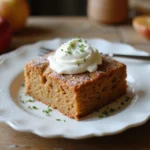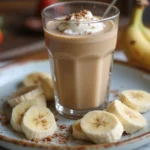There’s nothing quite as comforting as a warm slice of coffee cake alongside your morning brew.
This delightful treat marries a rich, buttery base with a sprinkle of cinnamon and sugar, creating a perfect blend of flavors.
Growing up, my family often enjoyed coffee cake on lazy Sunday mornings, turning breakfast into a cherished ritual.
Whether you’re baking for a gathering or simply indulging yourself, these quick and easy coffee cake recipes will elevate your breakfast experience in no time.
The History and Cultural Significance
• Coffee cake traces its origins to Germany in the 17th century, where it was originally created to accompany coffee.
• The dish evolved over decades as American bakers began adding their unique twists with ingredients like sour cream and fruit, eventually becoming the beloved version we know today.
• In American culture, coffee cake traditionally appears at brunches, family gatherings, and holiday celebrations, symbolizing hospitality and warmth.
• While many variations exist across different regions, the authentic version maintains a tender crumb and a sweet, crumbly topping that sets it apart from imitations.
Recipe Overview
Nutritional Information (per serving)
Ingredients
Essential Equipment Guide
Mixing Bowl: A sturdy mixing bowl is essential for combining ingredients without spilling. Opt for a large bowl to accommodate all the batter, and consider one with a spout for easy pouring.
Baking Pan: A good quality baking pan ensures even heat distribution. Look for a light-colored metal pan to prevent over-browning on the edges.
Electric Mixer: An electric mixer makes the task of creaming butter and sugar effortless. A hand mixer is a great alternative if you don’t have a stand mixer.
Preparation Methods
Creaming Butter and Sugar: This technique involves beating softened butter and sugar together until light and fluffy, incorporating air for a tender cake. It’s crucial for the cake’s texture, so be patient and mix for about 3-5 minutes.
Layering Ingredients: Carefully layering the ingredients ensures even distribution of flavors and textures. Alternate wet and dry ingredients while mixing to maintain a smooth batter.
Making a Crumb Topping: To create a crumbly topping, combine flour, sugar, and melted butter until it resembles coarse crumbs. This adds a delightful texture contrast to the soft cake.
Step 1: Preheat the Oven

Begin by preheating your oven to 350°F (175°C).
This ensures that the cake bakes evenly from the moment you place it in.
Use an oven thermometer to verify the temperature if you have one, as accuracy is key.
Preheating is a crucial step that should not be skipped for best results.
Step 2: Prepare the Baking Pan
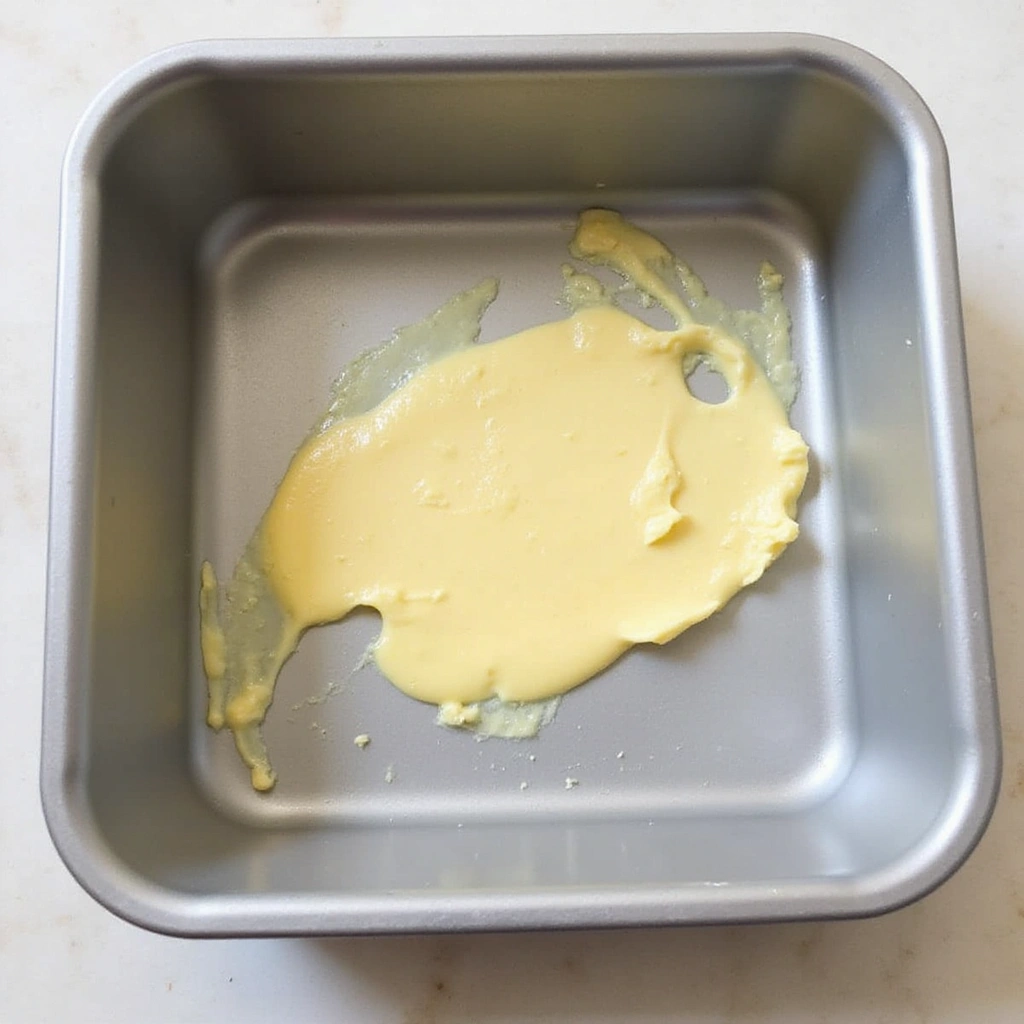
While the oven is preheating, prepare your baking pan.
Grease a 9×13-inch baking pan with butter or non-stick spray to prevent sticking.
You may also line the bottom with parchment paper for extra assurance.
Properly preparing the pan is essential for easy removal of the cake once baked.
Step 3: Mix the Dry Ingredients
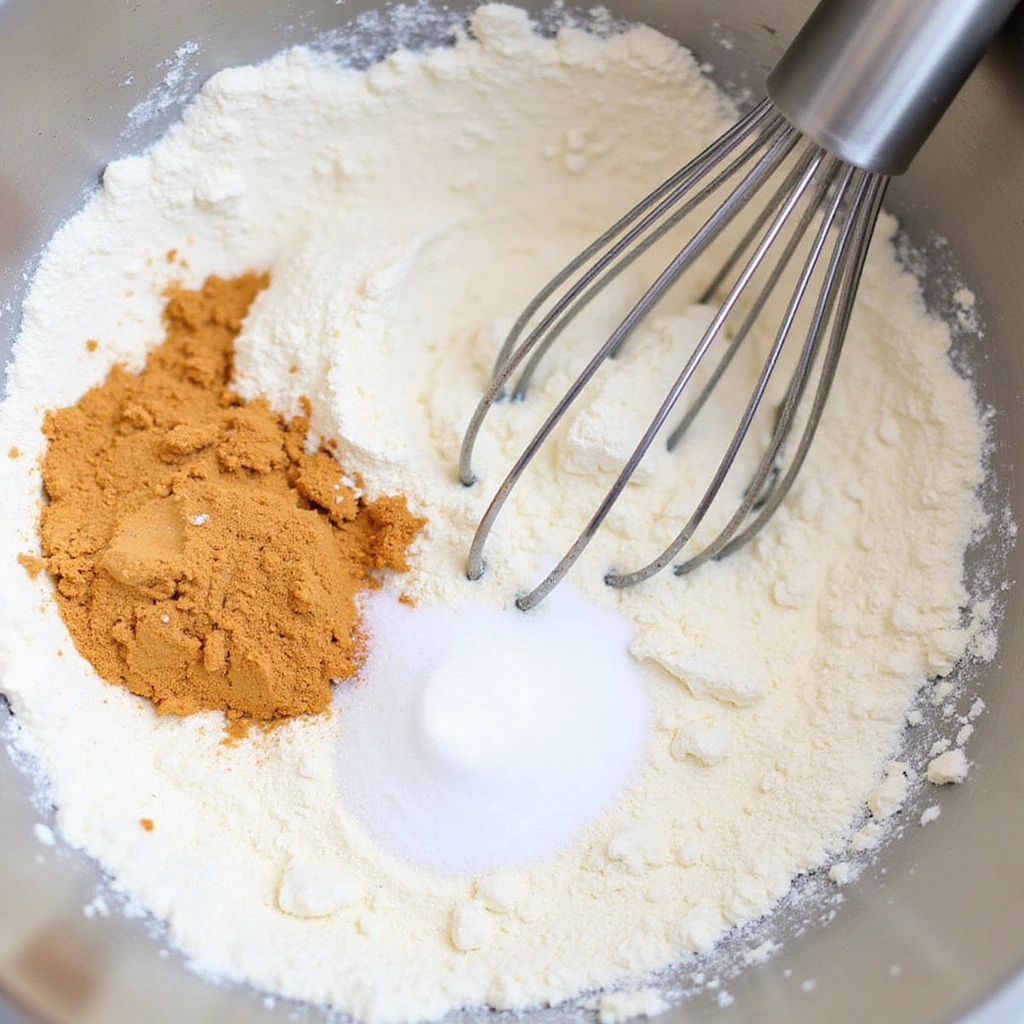
In a large mixing bowl, combine the flour, baking powder, baking soda, and salt.
Whisk these ingredients together until fully blended to ensure an even rise.
This step is important to avoid clumps and ensure the leavening agents are well-distributed.
Set this bowl aside while you prepare the wet ingredients.
Step 4: Cream the Butter and Sugar
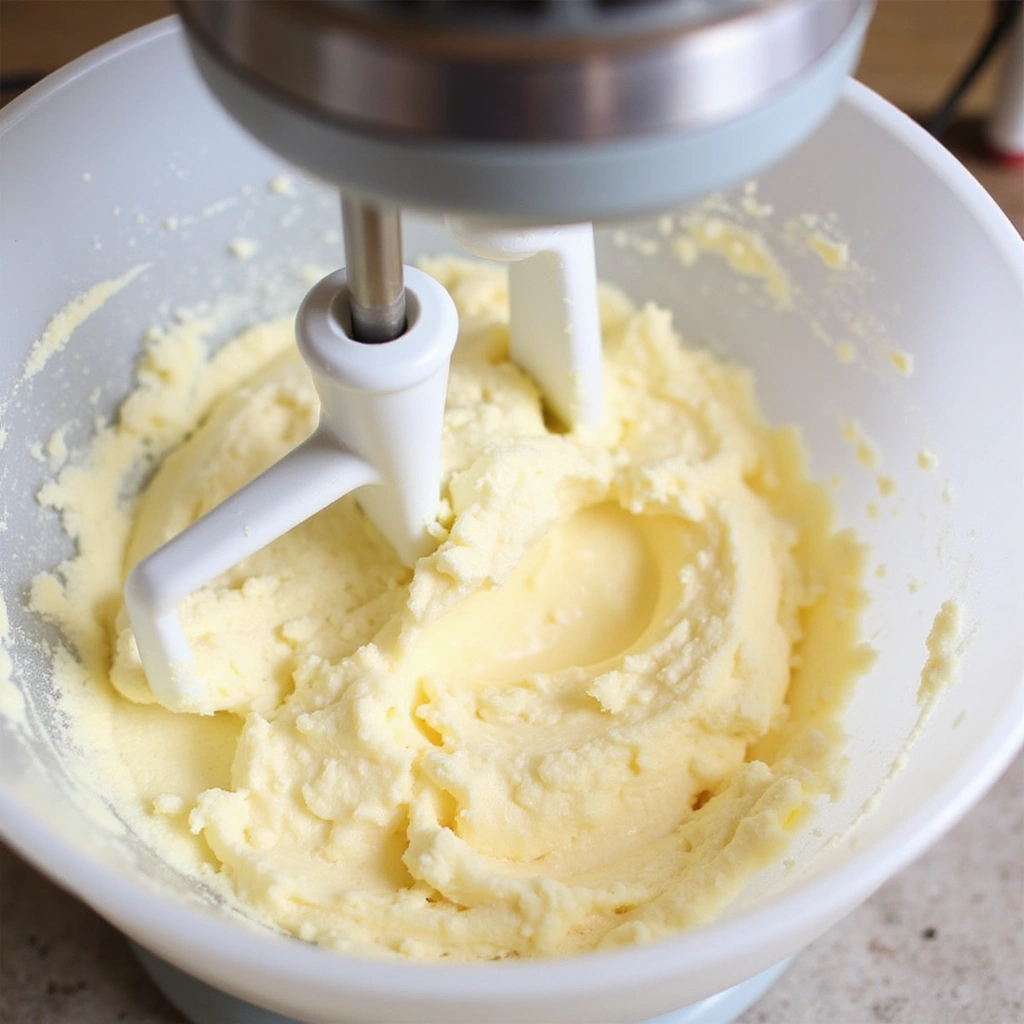
In another bowl, beat the softened butter and granulated sugar together using an electric mixer.
Mix on medium speed until the mixture is light and fluffy, about 3-5 minutes.
This process incorporates air into the batter, which is key for a light cake.
Scrape down the sides of the bowl to ensure all ingredients are fully combined.
Step 5: Add Eggs and Sour Cream
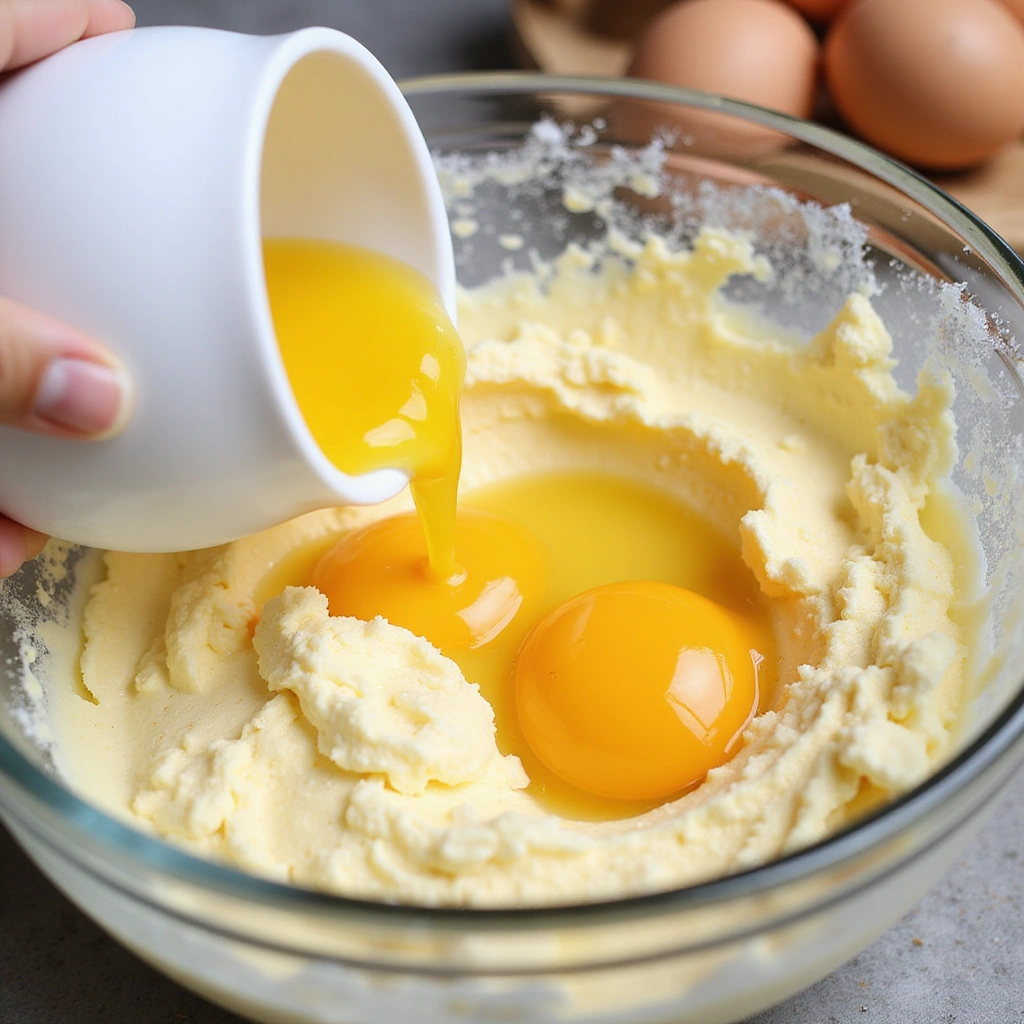
Add the eggs one at a time to the creamed mixture, beating well after each addition.
Then, mix in the sour cream until fully incorporated.
This adds moisture and richness to the cake, making it tender.
Be sure to mix on low speed to avoid splattering.
Step 6: Combine Wet and Dry Ingredients

Gradually add the dry ingredients to the wet mixture, alternating with the milk.
Begin and end with the flour mixture to maintain the proper batter consistency.
Mix until just combined; overmixing can lead to a dense cake.
Look for a smooth, thick batter with no dry flour pockets.
Step 7: Prepare the Crumb Topping

In a separate bowl, mix the brown sugar, flour, melted butter, and cinnamon for the crumb topping.
Use a fork to combine until the mixture resembles coarse crumbs.
This topping adds a sweet and crunchy layer to the cake, enhancing its flavor.
Set this aside until you are ready to assemble the cake.
Step 8: Assemble the Cake
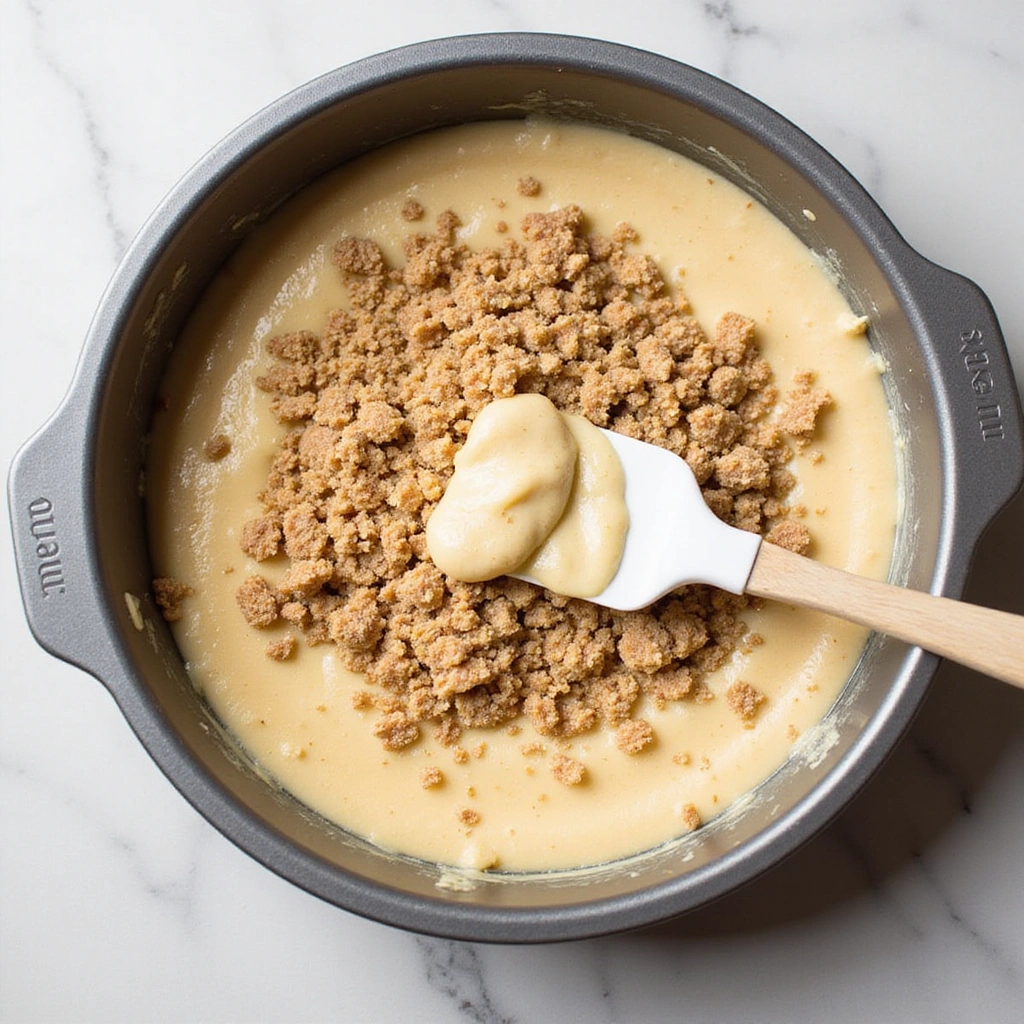
Pour half of the batter into the prepared baking pan, spreading it evenly.
Sprinkle half of the crumb topping mixture over the batter.
Pour the remaining batter on top and finish with the rest of the crumb topping.
This layering creates a delicious texture and flavor throughout the cake.
Step 9: Bake the Cake
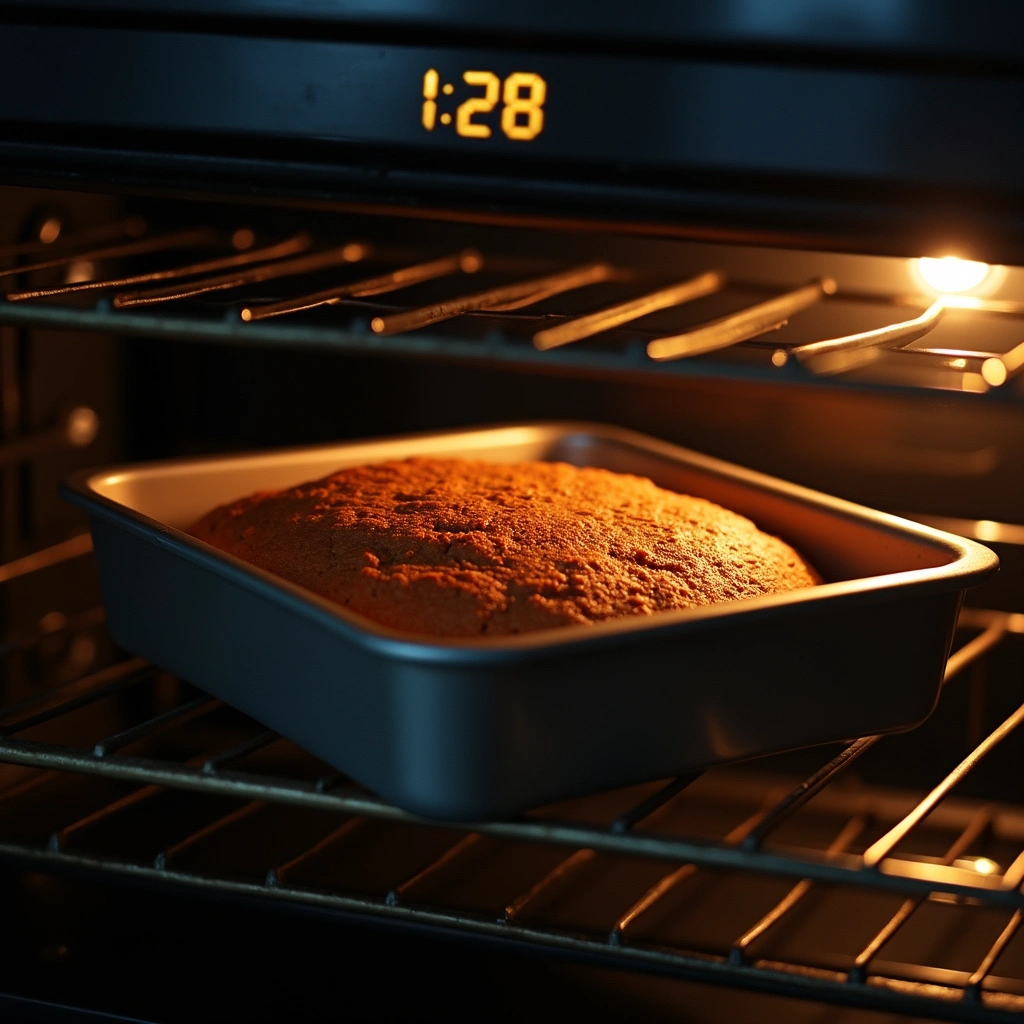
Place the baking pan in the preheated oven and bake for 30-35 minutes.
The cake is done when a toothpick inserted into the center comes out clean.
Keep an eye on the cake during the last few minutes to prevent over-browning.
A golden brown top and firm edges indicate a perfectly baked coffee cake.
Step 10: Cool and Serve
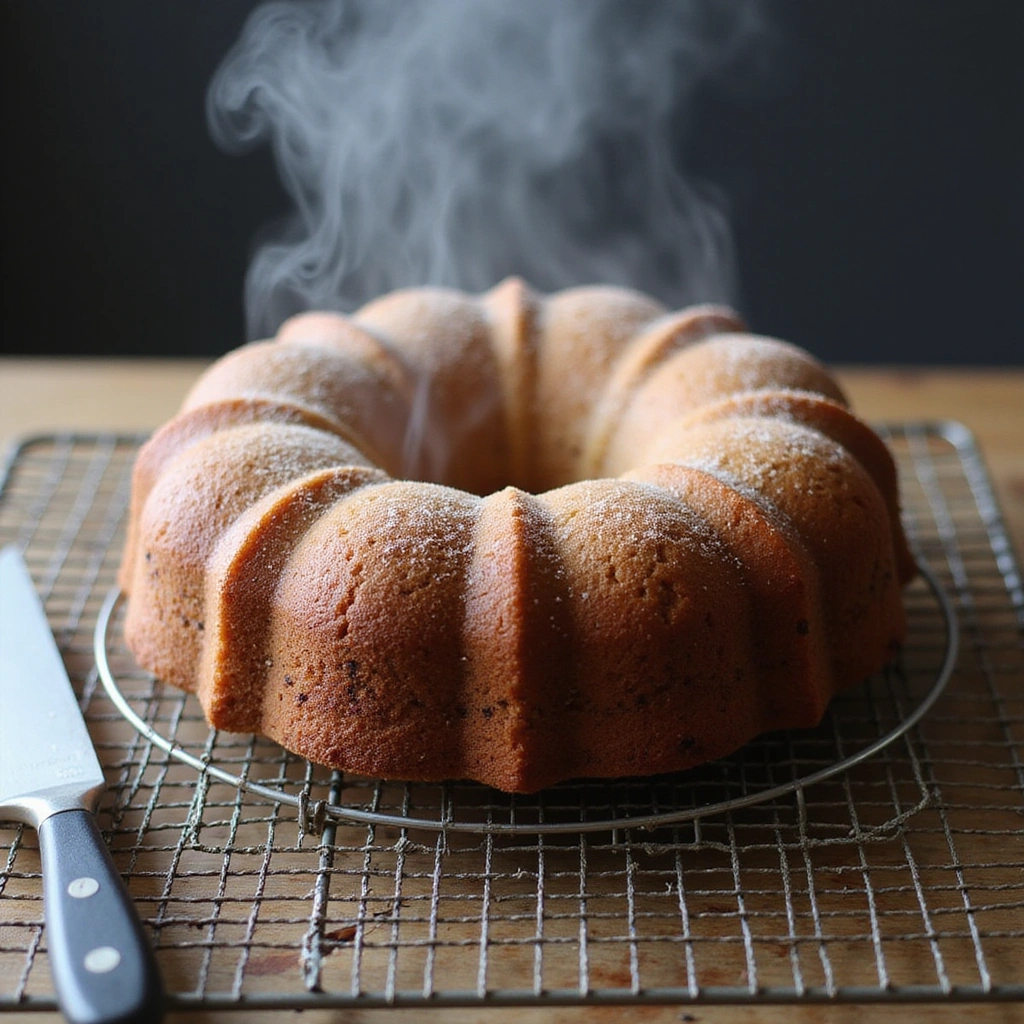
Once baked, remove the cake from the oven and allow it to cool in the pan for about 10 minutes.
Then, transfer it to a wire rack to cool completely.
This cooling step helps set the texture and makes it easier to slice.
Serve warm or at room temperature, ideally with a cup of coffee.
Critical Timing and Temperature Guide
Oven Temperature: Ensure your oven is accurately preheated to 350°F (175°C) for the best results. An oven thermometer can help with this.
Baking Time: Aim for 30-35 minutes of baking. The cake should be golden brown and pass the toothpick test to ensure it’s fully cooked.
Cooling Time: Allow the cake to cool for at least 10 minutes in the pan before transferring it to a wire rack. This prevents it from becoming soggy.
Pro Tips for Quick and Easy Coffee Cake Recipes Perfect for Breakfast
• Ingredient Selection: Using high-quality butter and fresh eggs can significantly improve the flavor and texture of your coffee cake.
• Preparation Secret: Let your eggs and sour cream come to room temperature before mixing; this helps create a smoother batter.
• Temperature Management: Ensure your butter is softened but not melted for the optimal creaming effect.
• Texture Enhancement: For a lighter cake, avoid overmixing the batter once the flour is added.
• Flavor Layering: Consider adding vanilla extract for a subtle depth of flavor.
• Make-Ahead Strategies: You can prepare the batter the night before and store it in the fridge; just stir briefly before baking.
• Restaurant-Quality Finishing Touches: Dust the cooled cake with powdered sugar or drizzle with a simple glaze for an elegant finish.
• Equipment Optimization: Use a silicone spatula to scrape down the sides of the bowl effectively.
Troubleshooting Common Issues
• Texture Too Dense: This can occur from overmixing the batter or using cold ingredients. To prevent it, mix just until combined and ensure ingredients are at room temperature.
• Crumb Topping Doesn’t Hold Together: If your crumb topping is too dry, try adding a bit more melted butter. Ensure the mixture resembles coarse crumbs before baking.
• Overbaking: If the cake is dry, it may have been left in the oven too long. Use a toothpick to check for doneness starting at 25 minutes.
• Flavor Too Bland: If the cake lacks flavor, consider adding vanilla extract or a pinch of salt to enhance the sweetness.
• Uneven Baking: This can happen due to an uneven oven temperature. Rotate the pan halfway through baking for even results.
Variations and Regional Differences
• New England Coffee Cake: This version often includes a layer of fruit, such as blueberries or apples, baked into the batter for added moisture and flavor.
• Swedish Kaffe Kaka: A traditional Swedish coffee cake that incorporates cardamom, giving it a unique aromatic flavor.
• Italian Ciambella: A ring-shaped coffee cake that may include citrus zest and is often served with a sweet glaze.
• Modern Interpretations: Today, many bakers experiment with gluten-free and vegan versions, using almond flour or flaxseed as substitutes.
Food Science Behind the Recipe
• Creaming Method: This technique introduces air into the butter and sugar mixture, which expands during baking, creating a fluffy texture.
• Leavening Agents: The combination of baking powder and baking soda provides lift, ensuring the cake rises properly.
• Moisture Balance: Ingredients like sour cream and butter provide moisture that contributes to the cake’s tender crumb while preventing it from drying out.
Frequently Asked Questions
What’s the most common mistake people make when preparing coffee cake? Overmixing the batter can lead to a dense texture; mix just until combined to maintain a light crumb.
Can I prepare components of this dish in advance? Yes, you can mix the dry ingredients and prepare the crumb topping ahead of time; store them separately in airtight containers.
How do I adapt this recipe for dietary restrictions? For a gluten-free version, substitute all-purpose flour with a gluten-free blend, and for vegan options, use flax eggs and plant-based yogurt.
What’s the best way to store and reheat leftovers? Store leftovers in an airtight container at room temperature for up to three days. Reheat in the microwave briefly before serving.
Can I freeze this dish? Yes, you can freeze the cake for up to three months. Wrap it tightly in plastic wrap, then foil, and thaw overnight in the fridge before enjoying.
What wine or beverages pair best with this dish? A light-bodied coffee or a sweet white wine, like Riesling, complements the flavors of coffee cake well.
How can I scale this recipe up for a crowd? Simply double the ingredients and use a larger baking pan, adjusting baking time as needed to ensure even cooking.
What side dishes complement this recipe best? Fresh fruit or a simple green salad can balance the sweetness of the coffee cake nicely.
How do professional chefs elevate this dish for restaurant service? Adding a drizzle of flavored glaze or serving with a scoop of ice cream can elevate the presentation and flavor.
Serving and Presentation Guide
• Traditional Presentation: Serve slices on a simple white plate, garnished with a dusting of powdered sugar and a few fresh berries for color.
• Modern Plating Ideas: Create a more contemporary look by stacking slices and adding a dollop of whipped cream alongside.
• Accompaniment Suggestions: A side of Greek yogurt or a small fruit salad complements the cake well.
• Special Occasion Presentation: For celebrations, consider serving in a tiered cake stand, drizzled with a light glaze and adorned with edible flowers.
Conclusion
I hope you find joy in baking this quick and easy coffee cake recipe.
It’s a wonderful way to start your day or share with loved ones over a warm cup of coffee.
Try experimenting with different flavors and toppings to make it your own.
Happy baking!



